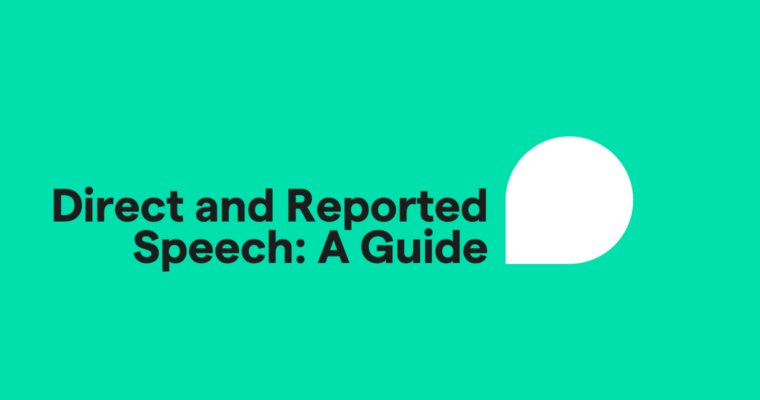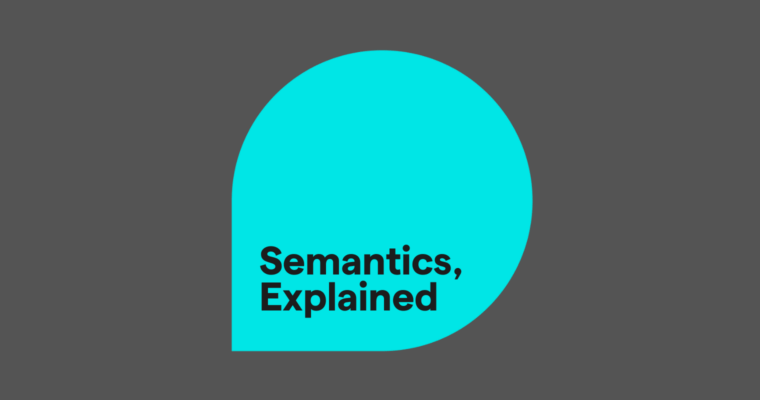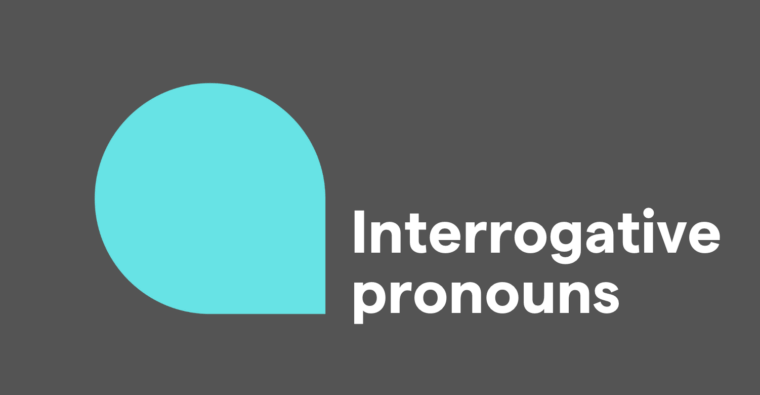
When somebody else finds a grammar mistake in your work, it can be embarrassing. But don’t let it get to you—we all make grammar mistakes.
Common grammar mistakes include punctuation and syntax errors and incorrect word choices. Grammar mistakes often make it difficult for readers to understand a piece of writing; this is why writers should try to avoid them.
The goal is to have polished, clear, mistake-free writing, so we’ll look at some of the most common mistakes so you know how to identify, fix, and avoid them.
What is a grammar mistake?
A grammar mistake is any incorrect usage of a word or piece of punctuation in writing. In other words, it’s a deviation from established grammatical rules. Grammar rules serve to make writing easier for readers to understand, so when a writer makes one of the common grammar mistakes below, or any other grammar mistake, they risk their work being misunderstood.
However, it’s important to keep in mind that not all deviations from grammatical rules are mistakes. Language is continuously evolving, so a phrase or word choice that’s regularly used today may have been a grammar mistake in the past. And there are instances where breaking grammar rules actually improves your writing. Understanding the most common grammar mistakes, why we make them, and how to correct them can help you navigate evolving language and effective rule-breaking as you develop your writing skills.
30 common grammar mistakes
23 Commas
24 Semicolons
26 Apostrophes
27 Punctuation’s place in parentheses
29 Em dash vs. en dash vs. hyphen
30 common grammar mistakes explained
1 Your vs. you’re
Much like to and too, your and you’re are homophones. That means they sound the same when spoken aloud but have two different meanings.
Your is a possessive pronoun. It indicates that something belongs to a singular second person.
You’re is a contraction of you are.
2 Who vs. whom
Who is the subject of a sentence, whereas whom is the object of a sentence.
3 Who’s vs. whose
Who’s is a contraction of who is. Whose is the possessive form of who, a relative pronoun.
4 Affect vs. effect
Affect is a verb that means “to cause an effect.” Effect is a noun that refers to a result.
5 Who vs. that
Who refers to a person. That refers to an inanimate object. However, that can also refer to a group of people in cases where the group, rather than its members, is emphasized.
6 That vs. which
That is used to introduce a clause that adds necessary information to a sentence. Which is used to introduce a clause that adds detail but isn’t critical to the sentence.
7 I.e. vs. e.g.
I.e. is short for id est and is used to clarify statements. E.g. is short for exempli gratia and is used to provide examples.
Additionally, a comma should follow these abbreviations, and they should be enclosed in parentheses.
8 Then vs. than
Then indicates when something will happen. Than is used to compare people or things.
9 Each and every
Each refers to two items. Every refers to three or more items. Additionally, each refers to the individual items in a group, while every refers to the group as a whole.
10 More than vs. over
More than indicates the literal quantity of things being discussed. Over can indicate an object’s physical position or a figurative amount larger than another mentioned in the same sentence.
11 Less vs. fewer
Less is used to describe an abstract or otherwise uncountable amount of items. Fewer is used for countable numbers of items.
12 Me vs. I
I and me are both first-person singular pronouns. Use I when you’re the subject of the sentence and me when you’re the object of the sentence.
13 A lot vs. allot vs. alot
A lot can be a pronoun or an adverb. It means “often” or “a large amount.” Allot is a verb that means “to distribute.” Alot is not a word. Avoid it in your writing.
14 Farther vs. further
Farther refers to literal distance. Further means “more.”
15 Like vs. such as
Like is used to make a comparison, while such as is used to provide specific examples.
16 May vs. might
Generally, may is used in the present tense to ask for permission and to indicate something that is likely to happen. Might is used with the past tense and to describe things that are either unlikely or didn’t happen.
17 Past vs. passed
Past refers to something that has already happened. It can be a noun, an adjective, a preposition, or an adverb. Passed is a verb.
18 Based off vs. based on
This is an example of language evolving, and perhaps one day, based off will be considered grammatically correct. But currently, based on is considered to be the correct phrasing. Both of these phrases are used to indicate the facts or circumstances that drove a specific decision or conclusion.
Another version of this phrase, based off of, is never correct.
19 Compliment vs. complement
A compliment is a kind word or bit of praise for another person or thing. To complement someone or something means to enhance their skills or assets with other skills or assets.
20 Misplaced modifiers
A misplaced modifier is a word or phrase that’s too far away from the noun it’s modifying. A misplaced modifier can make a sentence confusing for readers. Here is an example of a sentence with a misplaced modifier, which is bolded:
My sister adopted another cat named Ghost.
So she has two cats named Ghost now?
Here is a corrected version of this sentence:
My sister adopted another cat and named her Ghost.
21 Passive voice
The passive voice isn’t inherently incorrect, but many writers use it when the active voice would be a more accurate, clearer choice.
Passive voice: Breakfast was prepared by me.
Active voice: I prepared breakfast.
22 Possessive nouns
Possessive nouns are versions of nouns that show ownership. Often, they use apostrophes.
For a singular possessive noun, the apostrophe goes before the s.
For a plural possessive noun, the apostrophe goes after the s.
That said, there are different schools of thought about what to do when a singular possessive noun ends in the letter s. Some say the apostrophe goes at the end, without adding an s.
Chicago style stipulates that when a name ending in s becomes possessive, you add an apostrophe and an s.
23 Commas
Commas are versatile punctuation marks, so it’s easy to use them incorrectly. Commas are used to create short pauses within sentences, such as to separate items in a list, distinguish independent clauses, or note appositives.
24 Semicolons
Semicolons are most frequently used to separate independent clauses within a sentence. They’re also used to separate items in a serial list when those items contain punctuation of their own.
25 Title capitalization
Although it can vary between style guides, the general rules for title capitalization are:
- Articles are lowercase unless they’re the first or last word of the title
- Nouns, verbs, adjectives, and adverbs are always capitalized
26 Apostrophes
Apostrophes create a few types of words:
- Contractions (she did = she’d)
- Singular possessive nouns (Jason’s)
- Shortened colloquial words (it was = ’twas)
In some cases, they also create plurals.
27 Punctuation’s place in parentheses
When it comes to parentheses and other punctuation, there are a couple of rules to follow.
- If the text in parentheses is a complete sentence and is separate from surrounding sentences, the period goes inside the parentheses.
- Additionally, a phrase that could stand alone as a complete sentence can also be contained inside another complete sentence.
Question marks and exclamation marks are the exceptions to the rule. When they’re part of a parenthetical passage enclosed in another sentence, they always go inside the parentheses, whether it’s a complete sentence or a fragment.
- Use commas after parentheses, not before.
Because parenthetical text usually relates to what’s directly before it, it shouldn’t follow a comma. However, it’s completely normal to place a comma after parentheses, without a space.
28 Incomplete comparisons
When you make a comparison in your writing, you need to mention both (or all) of the things you’re comparing.
An incomplete comparison is a comparison that fails to mention one or more of the things being compared.
29 Em dash vs. en dash vs. hyphen
Em dashes, en dashes, and hyphens are frequently mixed up. Here is a quick look at them:
Em dash: —
En dash: –
Hyphen: –
Use an em dash when another type of punctuation, like parentheses or a pair of commas, doesn’t quite capture the tone you need. Em dashes have a quick, casual connotation, so they’re often used to indicate an aside or sudden tone change in a sentence.
En dashes are used to show date and time ranges. They can also be used to link complex compound adjectives when both halves are hyphenated or when one of the parts is a multi-word noun or an open compound adjective.
Hyphens are used to connect words. Often, this is to create a compound modifier, which is a multi-word adjective.
30 Subject/verb agreement
In any sentence, the subject and verb need to be in the same tense.
Avoid common grammar mistakes with Grammarly
All of the rules, tricks, and tips for using grammar correctly can be a lot to remember, and Grammarly can help. Grammarly checks your writing for common spelling, grammar, and punctuation mistakes. And now, with Grammarly’s generative AI assistance, you can get support with all stages of the writing process: ideation, composition, revision, and comprehension. Grammarly’s generative AI features are available when you download Grammarly






